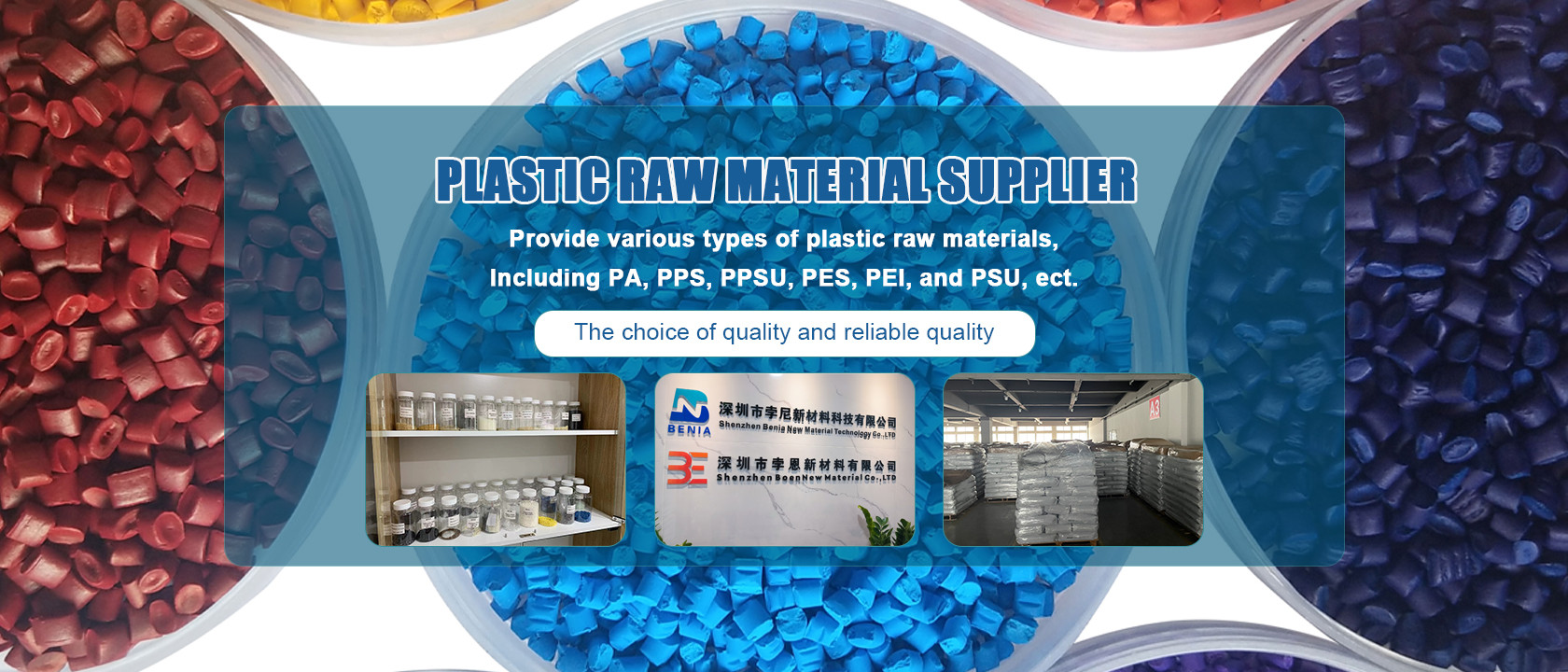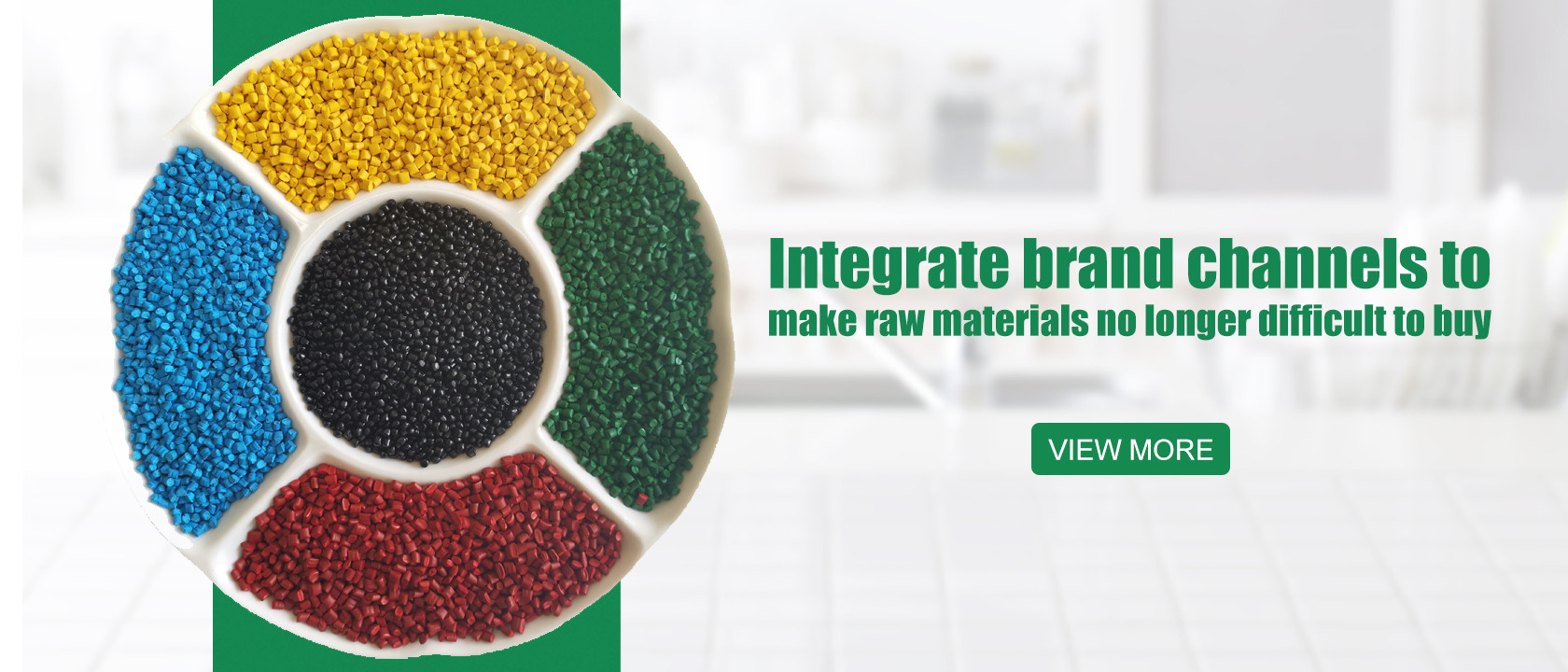Choosing safe baby bottles: PPSU vs other materials?
2024-01-04
As a new mum, choosing a safe baby bottle when the time is right for your baby can be overwhelming. With so many options available, it can be difficult to choose which baby bottle will meet your needs and budget. Not only that, but as a new mama, you also want to have peace of mind. Meaning - that once you introduce a bottle that your baby agrees with, your baby stays healthy.
That bub is being fed from a bottle that is durable and made from the best baby bottle material. Plus, with the added benefit of a nipple - that replicates your little one's instinctive breastfeeding motion. The right bottle that helps your baby thrive - feeling happy and contented.
In short - making feeding from a bottle a relaxing and special time for the whole family.
Choosing safe baby bottles: PPSU vs other materials
PPSU (Polyphenylsulfone)
Pros:
Thinking of all those nighttime feeds that require a bottle? One that can withstand high levels of usage? PPSU is a medical-grade, long-lasting plastic that's naturally honey-toned and incredibly hard-wearing.
It’s made of crystal-clear solid material and is the 'gold standard' when it comes to baby bottles. Firstly, it’s highly resistant to heat and impact, making it a safe choice for your baby's feeding needs.
This means it can handle both hot and cold liquids without affecting the bottle's shape or texture. It’s also free from BPA, BPS, and other harmful chemicals, ensuring your baby's health and safety.
It is very lightweight and temperature resistant (up to 180 degrees Celsius) without any release of toxic substances. It’s also easy to clean and sterilise, making it a convenient dependable choice for busy, on the go mamas!
By selecting a medical-grade PPSU bottle, you can be confident you’ve chosen one that will stand the test of time.
Cons:
PPSU baby bottles are more expensive compared to some other materials such as PP, but the investment is worth it in the long run. This is due to them being more costly to manufacture as they are built to last. For a bottle that will last for baby and beyond - a PPSU bottle is the one you need.
View More
HALAR® ECTFE COATINGS
2024-01-04
HALAR® ECTFE COATINGS
HIGH-QUALITY ECTFE APPLICATIONS
ECTFE is an engineering thermoplastic fluoropolymer used as a material for coating applications. It is known under the trade name HALAR®.
ECTFE coatings are often chosen for applications where the greatest chemical resistance is required, including operating at high temperatures. Its excellent corrosion-resistant properties provide protection from most ultrapure chemicals, strong inorganic bases, acids and organic solvents. It is widely used in the chemical processing, oil and gas and pharmaceutical industries.
EXPERIENCE & CAPABILITY
Specifically designed for electrostatic powder coating, fluidized bed coating, or both, we are able to offer different grades of Halar® ECTFE coating to suit your particular application.
View More
Why PEEK Plastic Is More Expensive Than Other Materials
2024-01-04
You may have heard of PEEK plastic, short for polyether ether ketone, a semi-crystalline thermoplastic polymer in the polyaryl ether ketone (PAEK) family.PEEK plastic has amazing properties that make it ideal for demanding applications in a variety of industries, such as aerospace, oil and gas, medical, food and beverage, and semiconductors. But you may also notice that PEEK plastic is more expensive than other common engineering plastics such as polyurethane, nylon and polycarbonate. Why is this?
High-temperature synthesis
One of the main reasons why PEEK plastic is more expensive than other materials is the complex high temperature synthesis process required to manufacture it. PEEK plastic is produced by stepwise polymerisation of bisphenol salts and difluorobenzophenone in a polar non-protic solvent at around 300°C. This reaction is difficult to control and requires special equipment and catalysts. The reaction produces a PEEK resin with a high molecular weight and high crystallinity, which gives it excellent mechanical and thermal properties. However, this also means that PEEK resins are difficult to melt and process into the final product.
Supply vs. demand
Another factor is the limited supply and high demand for PEEK resin. As PEEK plastic is a relatively new material, first made in the late 1970s, a relatively short time ago, there are few manufacturers able to produce it on a large scale. The global production capacity for PEEK resin is estimated to be around 10,000 tonnes per year, which is much lower than the production of other engineering plastics that have been around for a longer period of time. In addition, demand for PEEK plastic is growing rapidly due to its increasing popularity in a variety of industries requiring high performance and durability. This has created an imbalance between supply and demand, driving up the price of PEEK resin.
Process technology requirements
The third factor is the specialist equipment and expertise required to process and fabricate PEEK plastics into the final product. Because of the high melting point of PEEK plastics, around 343°C, and the high glass transition temperature of around 143°C, high temperature injection moulding machines or extrusion machines are required to mould them into the required shape. These machines are more expensive and energy consuming than conventional machines. On both sides, PEEK plastic has a strong tendency to degrade or oxidise when exposed to oxygen or moisture at high temperatures, which means it needs to be processed in an inert atmosphere or with special additives. In addition, PEEK plastic has high abrasion resistance and hardness, which makes it difficult to cut or machine with standard tools. Processing and manufacturing PEEK plastics therefore requires skilled operators and engineers who have experience and knowledge of handling this material.
Now that we have discussed the factors that make PEEK plastic more expensive than other materials, let us compare the cost of PEEK plastic with other common engineering plastics in terms of price and performance. The following table shows the average price per kilogram and some key properties of different engineering plastics:
MaterialPrice ($/kg)Tensile strength (MPa)Flexural modulus (GPa)Chemical resistanceThermal stabilityPEEK20090–1003.6ExcellentExcellentPolyurethane5–1020–500.5–2GoodModerateNylon2–550–801–4ModerateModeratePolycarbonate2–460–702–3ModerateModerate
As you can see from the table, PEEK plastic has a much higher price than other engineering plastics, but it also has much higher performance in terms of strength, stiffness, chemical resistance, and thermal stability. This means that PEEK plastic can offer superior value and benefits for applications that need these properties and can handle harsh environments that would damage or degrade other materials. For example, PEEK plastic can be used to make bearings, seals, valves, pumps, and electrical connectors that can work at high temperatures and pressures and resist corrosion and wear. PEEK plastic can also be used to make medical instruments, implants, and devices that can be sterilized by autoclaving and are biocompatible with human tissues. PEEK plastic can also be used to make food processing machinery components that can resist cleaning chemicals and prevent bacterial growth. PEEK plastic can also be used to make semiconductor machinery components that can handle high vacuum and radiation and are electrically insulative.
In summary, PEEK plastic is more expensive than other materials because of its complex and high temperature synthesis process, the limited supply and high demand for PEEK resin, and the specialised equipment and expertise required to process and manufacture PEEK plastic. However, these factors also make PEEK plastics ideal for demanding applications that require high performance and durability. As a result, PEEK plastics can offer high value and benefit to those looking for high performance engineering plastics that can more than meet project requirements.
If you would like to find out more about PEEK plastics or to purchase PEEK products, please contact us today. We are a leading supplier of PEEK plastic products and we can provide you with customised solutions for your specific needs.
If you are interested in using PEEK plastic products or would like more information, please feel free to harass us. We would love to be disturbed by you and help you with your needs. Do you need a free quote or any questions or help with materials.
View More
What are PVDF used for?
2023-06-09
PVDF is commonly used as insulation on electrical wires, because of its combination of flexibility, low weight, low thermal conductivity, high chemical corrosion resistance, and heat resistance. Most of the narrow 30-gauge wire used in wire wrap circuit assembly and printed circuit board rework is PVDF-insulated.
View More
What is PA resin?
2023-05-22
Polyamide (PA) resins are a family of thermoplastic polymers (Nylon, Kevlar), which means that they may be formed with heat and re-melted without losing their intrinsic characteristics. Thermoplastics differ in this way from thermosets, which undergo permanent change after hardening.
View More






